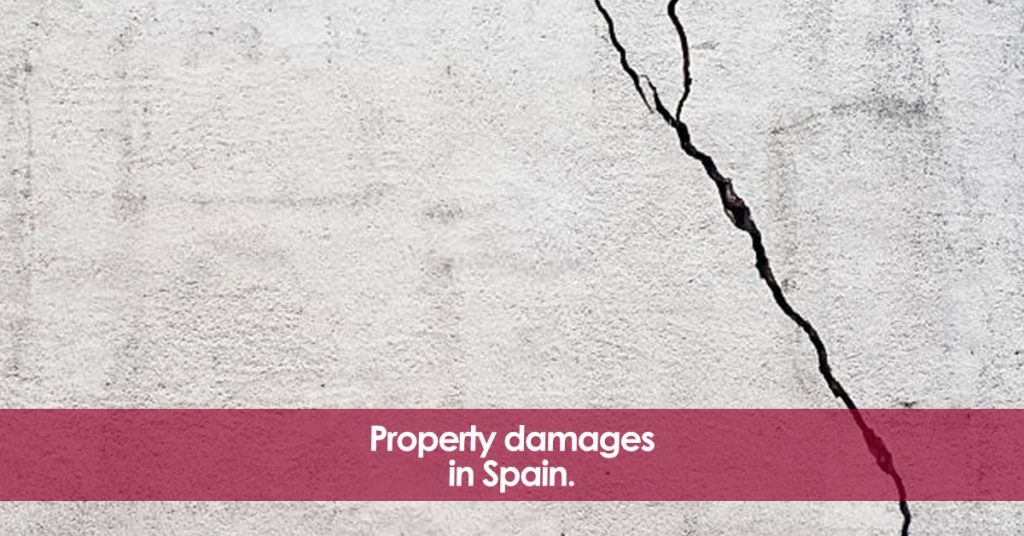If you have suffered damages to your property and you want to claim, it is important to consider a series of legal issues among which the statute of limitations stands out. In other words, the deadline for claiming in court from the moment the damage occurs. In this week’s article we look at this fundamental issue for a successful property damages claim.
Statute of limitations: How long do you have to make a claim?.
In principle, if a third party causes damage to your property, the deadline to claim depends on the origin of the damage. If it’s a contractual liability (art. 1964.2 of the Civil Code) in principle you will have a period of 5 years to claim from the time the damage occurred. An example of this type of liability would be damage caused to your property by a tenant. However, in cases of non-contractual liability (e.g. if a neighbour causes damage to your house when undertaking home renovations, damp from the flat above, etc.) under articles 1902 and 1968.2 CC, the deadline to claim would only be 1 year.
In both cases the time limit always starts to run from the moment the damage occurs. Although, as we will see below, there are some exceptions.
The special case of continuous damage.
There are situations where the property damages are not simply the result of a single event. Rather, it is damage that continues over time, sometimes imperceptibly but constantly. These are known as ‘continuing damage’ and present an additional challenge in legal terms.
Unlike instantaneous damage (damages to a neighbour’s wall during a home renovation, etc.) continuing damage can manifest itself and worsen gradually over time. For instance, and depending on the case, water leaks in a dwelling. This complicates the determination of the exact moment at which the limitation period for taking legal action against the tortfeasor begins.
Spanish Supreme Court case law on continuing damage.
In cases of continuing damage, Spanish courts establish that the limitation period does not start to run until the definitive result of the damage occurs. This may occur long after the commencement of the activity or situation that caused it. In other words, in these cases, the deadline does not start “as soon as the injured party knew about it” (as in the case of ordinary torts). In continuous damage, the statute of limitation does not start counting until the production of the “definitive result”. That is, until the full extent of the damage and its final impact is clearly identified.
The specific case. New court success.
For these purposes, we attach a judgement in which the Provincial Court of once again confirmed our position in a trial on continuous damage to a terrace. Our firm represented a community of owners who argued that the deadline to claim had expired because it was not a continuous damage. And that the origin of the problem was in fact a permanent damage. You can read the full judgement by clicking on this link.
Conclusions.
At White-Baos Lawyers we are experts in court claims and damage law. In property damages claims, the statute of limitations is key. If you are faced with this problem, in one way or another, do not hesitate to contact us. We will study your case and offer you expert legal advice on the subject.
The information provided in this article is not intended to be legal advice, but merely conveys information relating to legal issues.
Carlos Baos (Lawyer)
White & Baos.
Tel: +34 966 426 185
E-mail: info@white-baos.com
White & Baos 2024 – All Rights Reserved.
